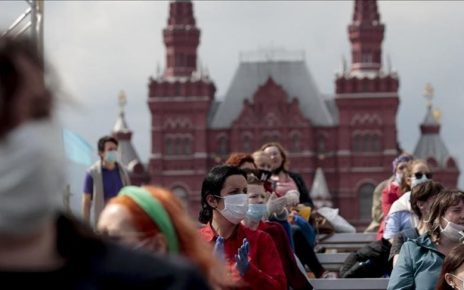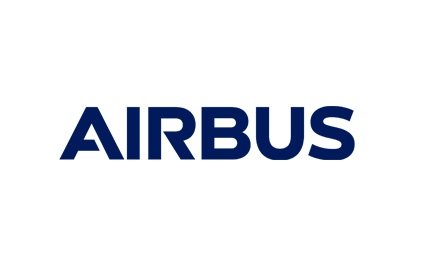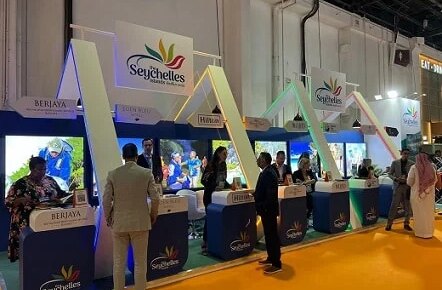India is currently undergoing a paradigm shift in civil aviation which includes setting up regulatory framework for seaplane operations.
- Around 95 percent of India’s trade by volume, and 70 percent of trade by value, is carried through sea routes.
- India’s growth in the maritime sector is emerging as a leading blue economy globally.
- Capacities for creation of infrastructure of seaplane operations like hangers, floating docks, flight tanks, buoys, etc., and capacity building of operation, vis-a-vis the availability of trained pilots, AMEs, must be developed.
With a coastline of more than 7,500 kms, a large number of dams and river ports, 200 small ports and 13 major ports, there is a huge potential for India seaplane tourism operations, said Mr. Hardeep Singh Puri, Minister of Civil Aviation, Government of India.
Addressing the plenary session on Water Transport-Promoting Cargo and Passenger Movement, Sea Planes tourism at the India Maritime Summit 2021, Mr. Puri said, “India is going through a civil aviation paradigmatic shift. Though the seaplane operations in India are still in a nascent stage and business models need to be developed to make these operations viable – economically and sustainably – a regulatory framework for seaplane operations has been put in place.”
Capacities for creation of infrastructure of seaplane operations like hangers, floating docks, flight tanks, buoys, etc., and capacity building of operation, vis-a-vis the availability of trained pilots, AMEs, must develop holistically. “That the potential for seaplane operations is enormous, is obvious and evident not only to those of us in policy formulation, but also economic stakeholders who wish to exploit these potentials for increase in tourism and related activities,” Mr. Puri added.
Mr. Puri said they have currently operationalized 311 of the 760 identified routes and are planning to take the number of operationalized routes to 1,000. He said they also have 100 airports currently under construction and several greenfield airports. With the seaplane services launched from the Statue of Unity along the Narmada riverfront last year, the ministry has received a number of proposals from various states for launch of similar services and operations. The potential that exists is enormous and the ministry has set up an institutional mechanism with the Ministry of Ports, Shipping and Waterways, the Ministry of Tourism, and other state governments.
Further, the Minister spoke about India’s growth in the maritime sector and emerging as the leading blue economy globally. “It is estimated that around 95 percent of India’s trade by volume, and 70 percent of trade by value, is carried through sea routes. According to the draft policy framework for India’s blue economy, it is said to have contributed to about 4 percent to our GDP. The size of the blue trade in India is estimated to be around to be US$137 billion,” he added.
Dr. Amita Prasad, Chairperson, Inland Waterways Authority of India, said that India ranked 44th in the World Bank logistic performance index 2018 across six metrics- customs, infrastructure, international shipment, logistics, competence tracking and tracing, and timeliness. “Each segment of logistics encounters significant challenges leading to high cost and low efficiency. Therefore, there is a need to optimize model mix (road, rail, and IWT) for improving last-mile connectivity and enhancing the logistic value chain through digitization, etc.” She stressed the importance of PPP concessions for the same.
Ambassador Vikram Doraiswami, High Commissioner of India to Bangladesh, said that the eastern region – the undivided Bengal and beyond – has served as the fundamental transportation route. “The current context is that regional supply chains have increased because of COVID. Beyond that we have recognized the environmental challenges and the complexities of logistics in our region to necessitate a need for greater coordination of multiple modalities of logistics,” he added.
Capt. Anil Kishore Singh, Chairman, FICCI Sub-committee on Inland Waterways and Coastal Shipping, and CEO (Inland Waterways and Dredging), Adani Ports & SEZ, said that long-haul movements on inland waterways are still unexplored and have no major players. Further, he said, “Most of the movement is on NW1 via IBPR. Connecting NW1 with the newly-declared Dhulian-Rajshahi route on IBPR has the potential to significantly reduce distance and cost major dredging intervention and maintenance opportunity.”
Mr. Harrie De Leijer, Partner, STC-NESTRA BV; Mr. Sergey Lazarev, Head, Export Department, SSSR-FLEET; Prof. Pratap Talwar, Managing Principal, Thomson Design Group; Mr. Arnab Bandyopadhyay, Lead Specialist – India Transport, World Bank; Mr. Raj Singh, Chief Executive Officer, Heritage Cruise, made presentations on water transport and tourism activities on inland waterways.
#rebuildingtravel




